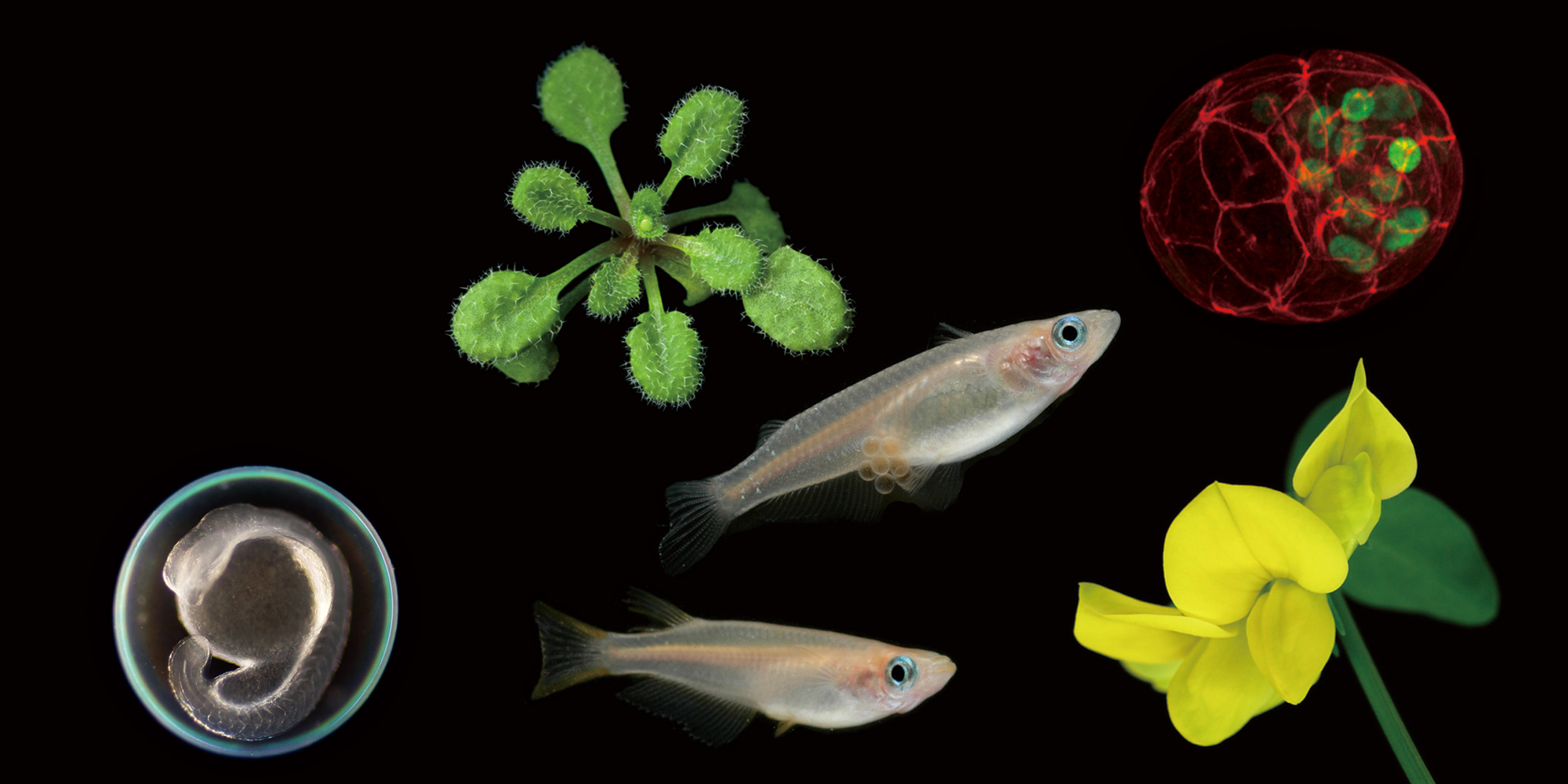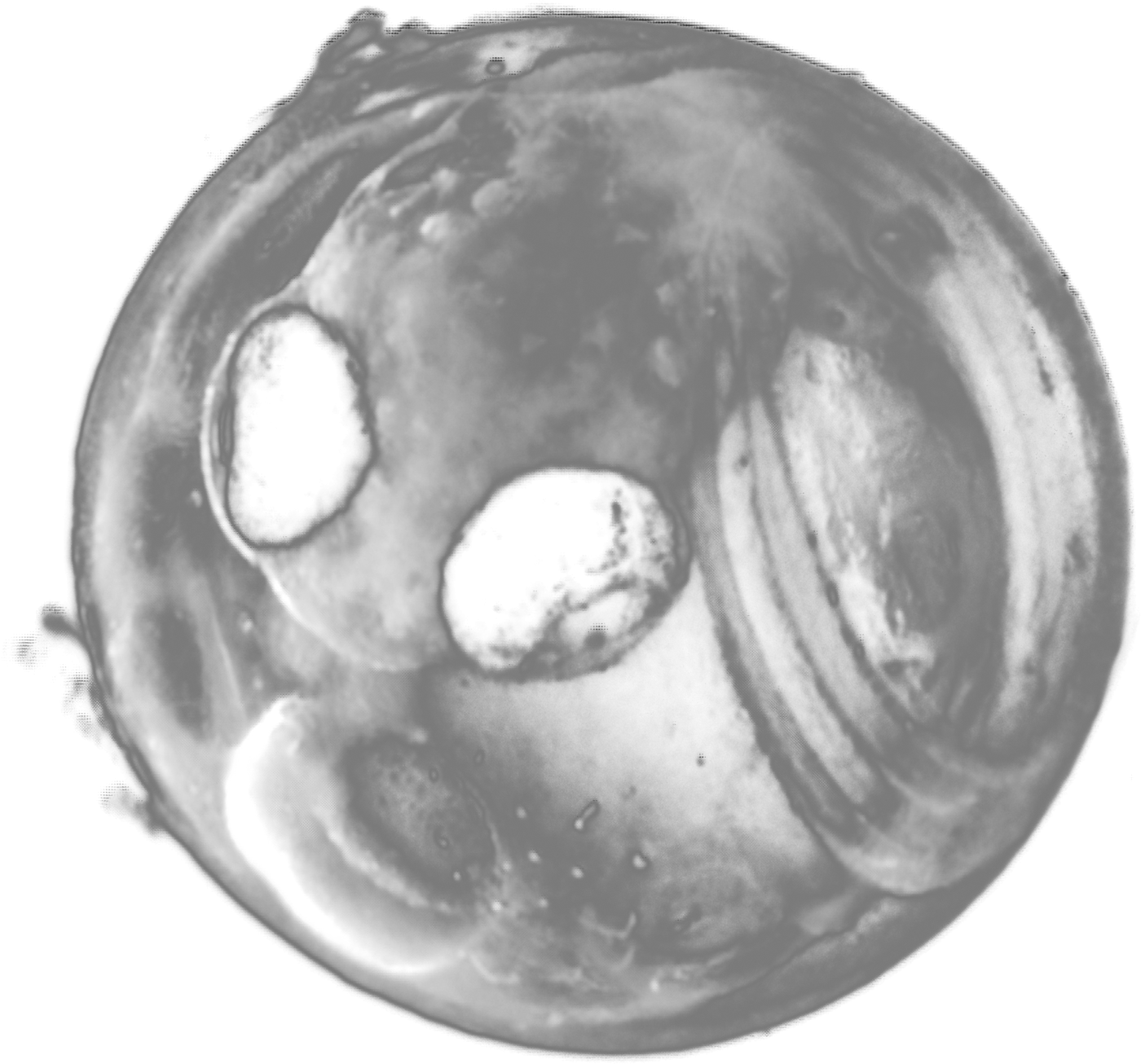2023.12.05 Lab Seminar
Control of DNA replication during multiple fission cycles in Chlamydomonas reinhardtii
Prof. Amy E. Ikui (Brooklyn College Department of Biology, New York)
2023. 12. 05 (Tue) 16:00 ~ 17:00
Conf. Room, Myodaiji (111-112)
Division of Quantitative Biology Kazuhiro Aoki (5235)
Plants are central and essential to supporting life on earth, but DNA replication as well as most other aspects of their fundamental cell biology is poorly understudied compared to animals and fungi. Chlamydomonas reinhardtii is a single-cell algae whose lineage diverged from land plants over 1 billion years ago. Chlamydomonas has a plant-like gene set, with well-developed classical and molecular genetic tools, supporting powerful microbial-genetic analysis that is not possible in land plants. Initiation of DNA replication must be tightly regulated to maintain genome integrity. In animals and fungi, ‘pre-replicative complex’ (Pre-RC) is bound to the origins of DNA replication in G1 phase before S-phase to license origins. The pre-RC is a multi-protein assembly of the origin recognition complex (Orc1-6), Cdc6, and the hexameric replicative Mcm helicase (Mcm2-7), which are well conserved in eukaryotes. The plant kingdom diverged early from the fungal/animal branch; therefore, the evolution of plant replication control and pre-RC regulation may have followed a different track.
Recently, our lab set up experimental tools to study DNA replication in Chlamydomonas1. Understanding DNA replication control in green algae will lead us to understand how DNA replication control has evolved. Moreover, Chlamydomonas cells undergo multiple fission cycles which alternate through several S and M phases without a gap phase in between, meaning that pre-RC formation and origin licensing do not rely on the G1 phase. The mother cell produces up to 16 daughter cells which are unique to green algae. The results from this study will shed light on mechanisms of fundamental origin licensing control and establish a DNA replication research field using green algae.
This study focused on understanding the pre-RC function; ORC, CDC6, and MCM in Chlamydomonas. The pre-RC proteins were expressed only during the S/M cycles but suppressed during the G1 phase1. The salt-resistant assay revealed that the step-wise assembly of ORC, CDC6, and MCM was conserved1. We have used time-lapse microscopy to visualize tagged pre-RC components during the multiple fission cycle. We found that ORC1 was localized to condensed chromosomes during mitosis but diffused in the S phase. In contrast, CDC6 and MCM4 were localized to the nucleus only in S-phase but diffused to the cytoplasm during mitosis. The distinct localization pattern of pre-RC components during the division cycles was regulated by CYCB1/CDKB1 activity, a plant-specific cyclin/CDK complex. For example, ORC1 was diffused in the cytoplasm in the cdkb1 mutant. The MCM4 nuclear localization was dependent on APC activity, Anaphase Promoting Complex, which promotes CYCB1 degradation. CDC6 was also targeted by proteasomal protein degradation similar to the mechanism in yeast and humans. We will discuss how green algae coordinates DNA replication and maintain genome integrity during the multiple fission cycles. This study will shed light on the evolution of DNA replication control from the last common ancestor of eukaryotes.
1. Ikui A.E., Ueki N., Pecani K., Cross F.R. (2021) Control of pre-replicative complex during the division cycle in Chlamydomonas reinhardtii. PLoS Genetics. https://doi.org/10.1371/journal.pgen.1009471
*This seminar will be in English.







